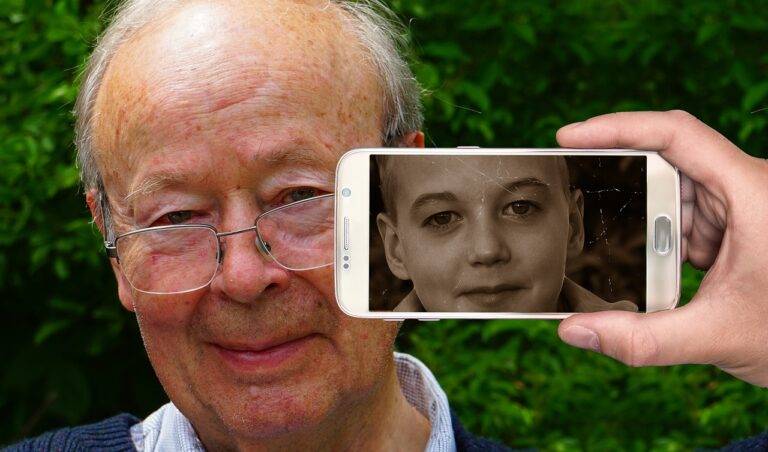Exploring the Potential of Gene Editing Technology
Gene editing technology has revolutionized the field of genetic engineering by allowing scientists to make precise changes to an organism’s DNA. One of the most widely used gene editing tools is CRISPR-Cas9, a system derived from bacteria that can be programmed to target specific genes and make modifications with incredible accuracy. By using CRISPR-Cas9, researchers can insert, delete, or modify genes with a level of precision that was previously unimaginable.
Another important gene editing technology is TALENs, which stands for Transcription Activator-Like Effector Nucleases. Like CRISPR-Cas9, TALENs can be used to edit DNA sequences with high specificity. TALENs work by binding to specific DNA sequences and inducing double-strand breaks, which then stimulate the cell’s natural DNA repair mechanisms. This technology has been instrumental in advancing our understanding of gene function and has great potential for therapeutic applications in the future.
Applications of Gene Editing in Medicine
Gene editing technology has paved the way for numerous ground-breaking applications in the field of medicine. One of the most promising uses of gene editing in medicine is the treatment of genetic disorders. By targeting specific genes responsible for hereditary diseases, researchers can potentially correct the underlying genetic mutations and offer hope to patients suffering from conditions that were once considered incurable.
Furthermore, gene editing holds great potential for improving the efficacy of cancer treatments. Scientists have been exploring the use of gene editing to enhance the body’s immune response to cancer cells, develop targeted therapies, and even modify cancer cells to make them more susceptible to existing treatments. These advancements in gene editing have the potential to revolutionize cancer care and improve survival rates for patients battling this complex disease.
What is gene editing technology?
Gene editing technology refers to the ability to make precise changes to the DNA of living organisms, including humans, using techniques such as CRISPR-Cas9.
How is gene editing being used in medicine?
Gene editing is being used in medicine for a variety of purposes, including correcting genetic mutations that cause diseases, developing new treatments for genetic disorders, and improving our understanding of the genetic basis of diseases.
Can gene editing be used to cure genetic diseases?
Gene editing has the potential to cure genetic diseases by correcting the underlying genetic mutations that cause the disease. This can potentially provide long-lasting or even permanent treatment for these conditions.
Are there any ethical concerns associated with gene editing in medicine?
Yes, there are ethical concerns associated with gene editing in medicine, particularly around issues such as consent, equity of access to treatment, and the potential for unintended consequences of manipulating the human genome.
What are some examples of gene editing being used in medicine?
Some examples of gene editing being used in medicine include editing immune cells to fight cancer, correcting mutations in embryos to prevent genetic diseases, and developing new gene therapies for conditions such as sickle cell anemia and muscular dystrophy.





